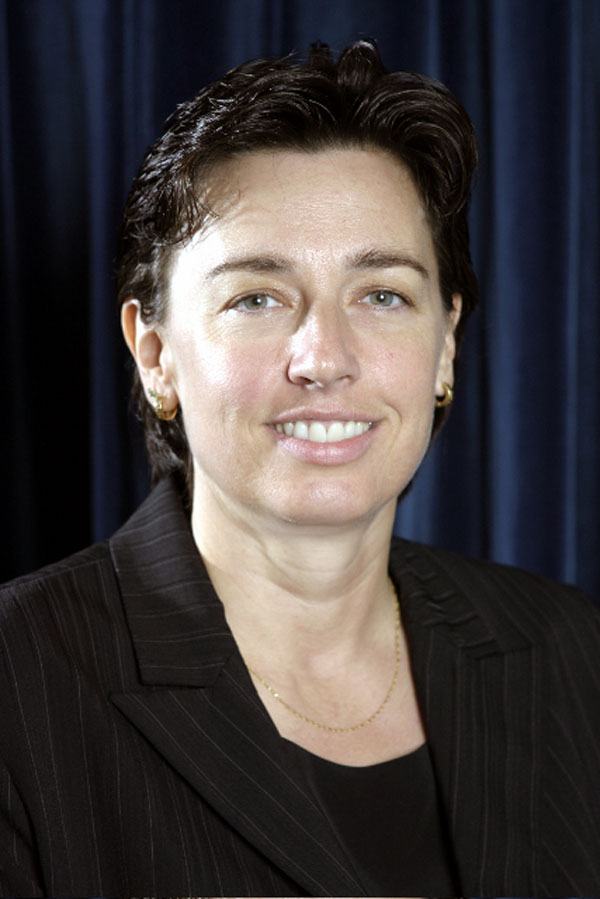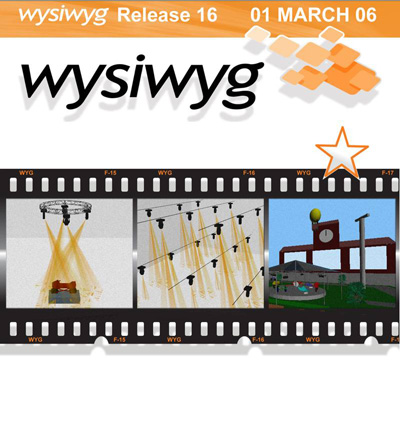You Say You Want a Resolution
You’ve programmed with media servers before, but on this gig, the client wants you to use some original photos from the company’s last office party. Or maybe you want to create a unique piece of content featuring the company’s logo. In either case, it’s inevitable that you’ll need to optimize your content. Do you fully understand how the quality of the image affects playback through the server? Let’s take a look at a basic but important concept of any type of media—image resolution.








